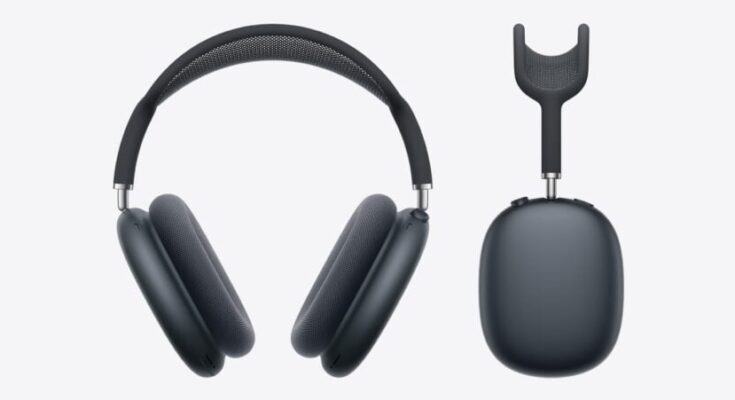
Apple announced upgrades to one of its most popular products at their event on September 9th. The California tech giant announced that all of their Airpod models will now come in two models—those with active noise cancelling (ANC) and those without.
On the AirPods, AirPods Pro 2, and AirPods Max you will now be able to select what you want to apply the noise cancelling to – say a baby, a person, or the radio if you are in a car. But this is not the only new feature on the devices.
The new AirPod Max will feature USB-C charging compatibilities. This means the device will be able to charge with the same cable as the newer iPhone and Macbook models. The New AirPods Max will also feature five new colors that match Apple’s metallic color palette for customers to choose from.
Active noise canceling and hearing assessments are coming to the new AirPods
Despite the AirPods Pro 2 not receiving the overhaul that the AirPods Max received, the devices will receive software updates with features for hearing health assessment, protection, and treatment.
This specific model will also allow for improved noise cancellation with ANC features, improved battery life, better touch controls for volume, and a freshly designed case. They will release on September 20th but are available for pre-order now.
Besides the ANC feature, the AirPods Max have not seen any major improvements outside of their new compatibility with USB-C. Sound quality is yet to be tested by industry analysts, but reviews will be in by late September.
There is no doubt this new technology is both revolutionary and exciting. However, as technology becomes more and more immersive, one question keeps popping up: are we becoming less social beings despite constant technological improvements in connectivity?
Although it is true that noise-cancelling headphones, especially those with ANC features, allow users to block noise disturbances such as airplane engines or loud babies after a hard day at work, could we start missing out on spontaneous social interactions?
Of course, not everyone enjoys random noise pollution or listening to babies crying in public. In these cases, noise-cancelling features might in fact be great. However, they may also be used in toxic ways.
What if, for instance, partners used them to tune each other out? Would this be an appropriate use of the features? This is possibly not Apple‘s intended use for them, but it could very well happen. It is also possible people might use the ANC features in times of need but then forget to switch them off, thereby resulting in unintentional and potentially fatal incidents.
Of course, there is nothing inherently dangerous or evil about active noise-canceling headphones. Nonetheless, it is possible their misuse could lead to harmful situations, as is also possible with many other pieces of technology. What if you didn’t respond to a family member’s distress calls because you were listening to your favorite tunes?



